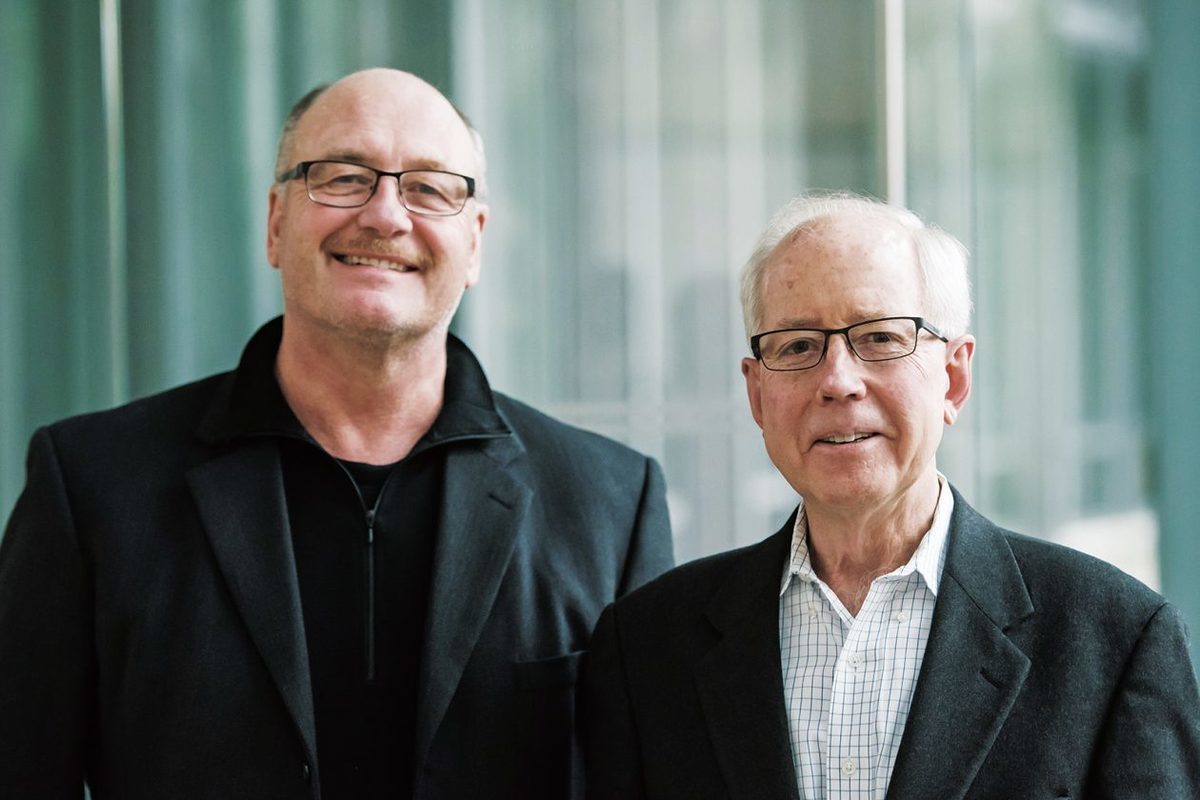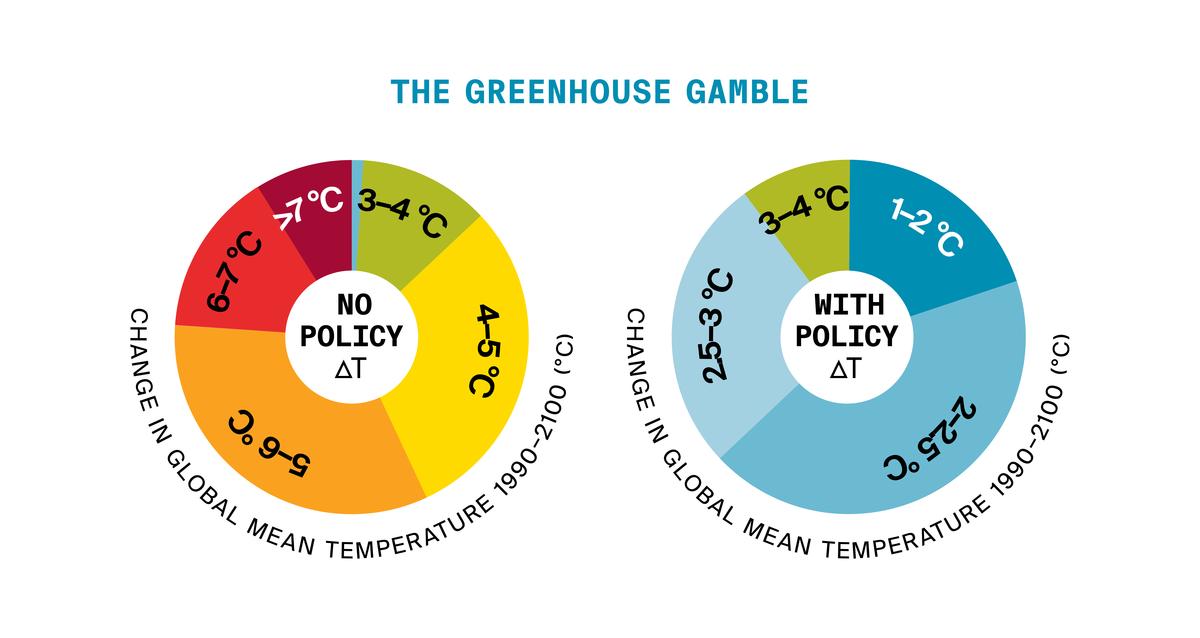PAOC Spotlights
Framing Uncertainty

A landmark platform models the range of ways a changing climate may affect humanity, and vice versa
The barrage of hurricanes that in 2017 pummeled the Caribbean islands, United States, and even Ireland—fueled in part by unusually balmy Atlantic Ocean temperatures— provided a glimpse of consequences that may accompany a warming planet. If left unchecked, climate change will act as a “threat-multiplier,” increasing the probability and intensity of such extreme weather events, according to Kerry Emanuel ’76, PhD ’78, MIT’s Cecil and Ida Green Professor of Atmospheric Science. The situation is exacerbated, Emanuel noted in a Washington Post editorial last fall, by policies that have enabled the number of people living in vulnerable coastal zones to triple, worldwide, since 1970.
How can we get a handle on both the natural and man-made facets of potential climate-related disasters? Fortunately, researchers at MIT’s Joint Program on the Science and Policy of Global Change (of which Emanuel is a faculty affiliate) have, for nearly a quarter of a century, been developing a comprehensive tool for dissecting the full range of impacts of climate on people and people on climate. The Integrated Global System Model (IGSM) is a flexible, computerized platform that brings together detailed models of Earth’s climate system (including atmospheric, oceanic, and terrestrial processes) and the human-driven economic system, illustrating the complex interactions between them. This framework is a lynchpin of the Joint Program, the mission of which is “to provide a sound foundation of scientific knowledge to aid decision makers in confronting future food, energy, water, climate, air pollution, and other interwoven challenges.”
“Projecting climate change into the future requires an understanding of both the natural environment and of how human development occurs,” explains Ronald Prinn ScD ’71, TEPCO Professor of Atmospheric Science, who co-directs the Joint Program with John Reilly, a senior lecturer at the MIT Sloan School of Management. “As industries grow bigger, and new industries emerge, how much air and water pollution and greenhouse gases will be produced, and how can we mitigate their environmental impacts?”
The IGSM is one of the earliest and most sophisticated attempts to model the subtle interplay between the human and natural worlds. About 50 environmental scientists, economists, and engineers from MIT, including students and postdocs, participate in the program. These researchers, whose findings are well represented in the peer-reviewed scientific literature, continue to launch inquiries that focus on new technologies or highlight specific issues such as climatic impacts on water and agriculture.

“A key goal of this undertaking,” says Reilly, “has been to make our analyses relevant to public and private decision making, rather than leaving the IGSM as a purely scientific tool.” A big challenge comes from combining two highly uncertain disciplines— environmental and economic sciences—and figuring out how to craft wise decisions. The IGSM, accordingly, does not attempt to provide exact predictions but instead offers a range of forecasts, which vary depending on the policies in place and the associated levels of human activity.
The Joint Program’s 2016 Outlook report, for example, showed that even if all nations met their pledges to the 2015 Paris climate accord, the Earth’s average temperature rise by 2100 would still exceed the established goal of 2 degrees Celsius or less. The authors then presented a set of emissions scenarios that could satisfy the 2 degrees C target, though complicated tradeoffs would arise. Increased energy production from the wind and sun means more land devoted to turbines and solar panels. An enhanced reliance on biomass energy could similarly take up land and water that might otherwise have been reserved for growing crops. Obtaining cooling water for power plants also gets harder as river temperatures rise.
“It’s becoming ever more apparent that things we used to study separately are all interconnected,” says Prinn. “Meanwhile, environmental changes are occurring far faster than expected, which is another way of saying the need for the IGSM is now greater than ever.”
Learn more